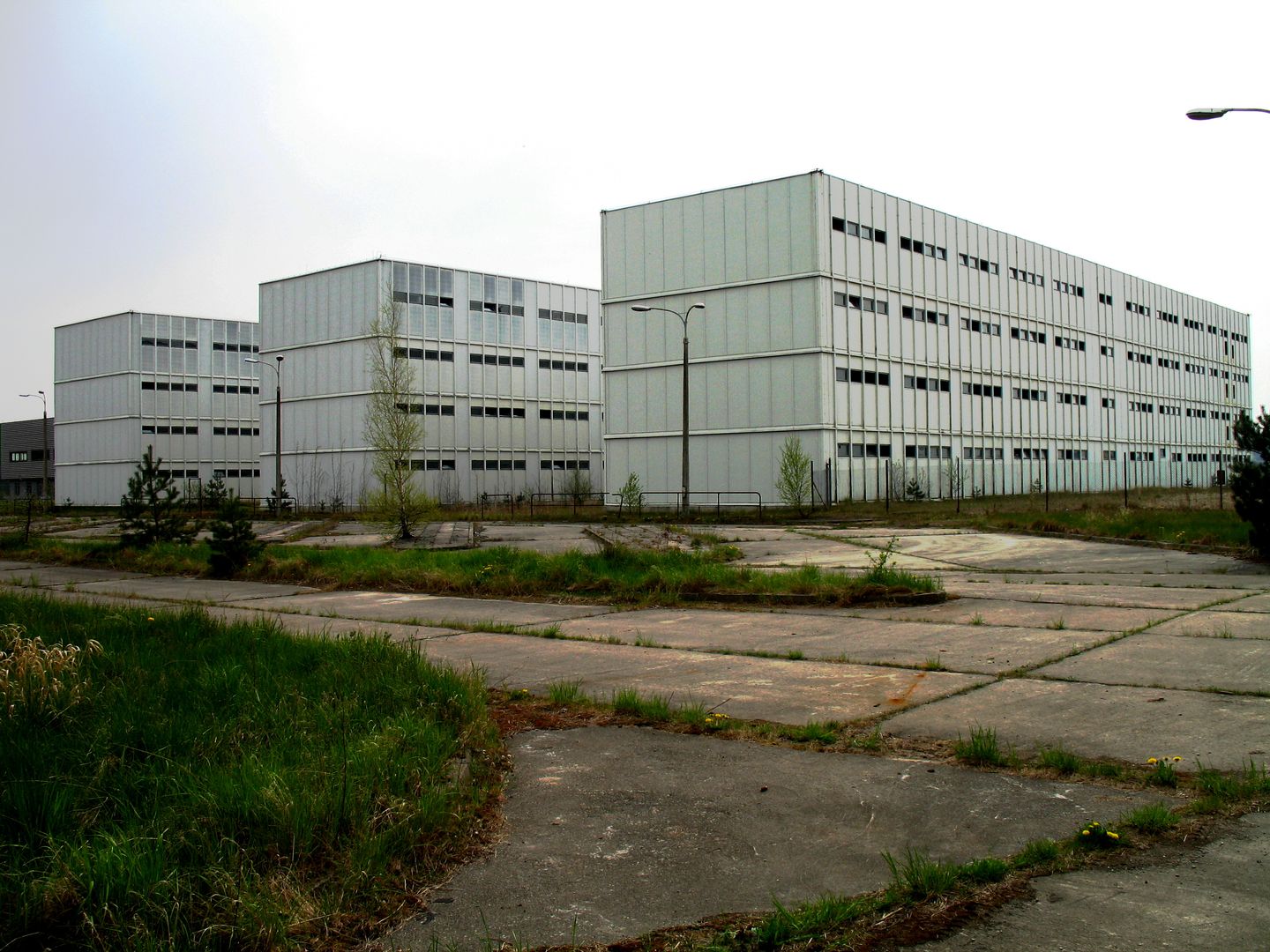Żarnowiec Nuclear Power Plant
6.67

Overview
The Żarnowiec Nuclear Power Plant (EJŻ) was a project to build a Polish nuclear power plant that began in the 1980s, as part of ambitious plans to introduce nuclear energy in Poland. It was located on the shores of Lake Żarnowieckie, on the site of the former village of Kartoszyno. The plan was to build four power units based on Soviet WWER-440 reactors, with a total capacity of about 1600 MW. Despite intensive construction work and the involvement of many Polish companies, the project encountered numerous obstacles, including political and economic changes after 1989, protests by the local community, and negative public perception following the Chernobyl disaster. A significant turning point was the result of the 1990 referendum, in which 86.1% of voters opposed the construction, influencing the government's decision to halt the project. After the formal closure of the construction in 1990, many buildings and equipment were neglected, and the power plant site fell into ruin, contrasting sharply with the original plan to create a modern complex. Additionally, due to the use of an open cooling system, there were concerns about the impact on the lake's ecosystem, which, after the construction was halted, was virtually devoid of fauna. An interesting fact related to EJŻ is the neologism "Żarnobyl," created by combining the names Żarnowiec and Chernobyl, symbolizing the failed power plant project and the associated safety fears. Despite the abandonment of the construction, Żarnowiec remains in the public consciousness as an example of a controversial energy project in Poland that shaped public opinion on nuclear energy in the country. In recent years, there have been renewed considerations regarding the construction of a nuclear power plant in Poland, but public skepticism and issues related to location and infrastructure continue to hinder the implementation of these plans.
Location
2025 Wizytor | All Rights Reserved